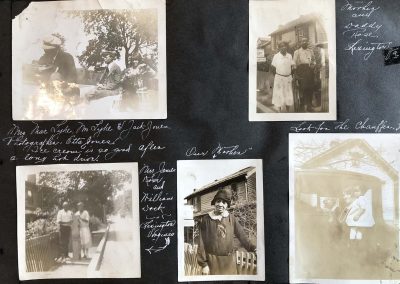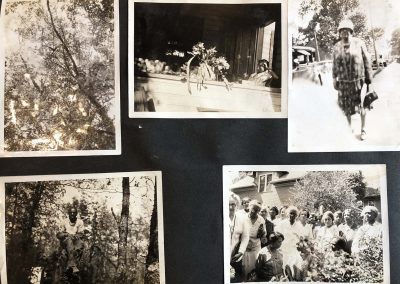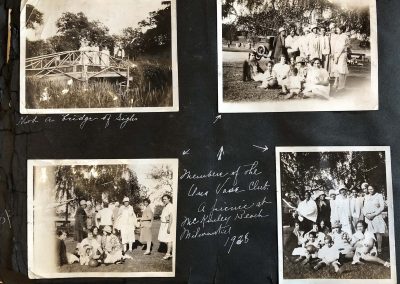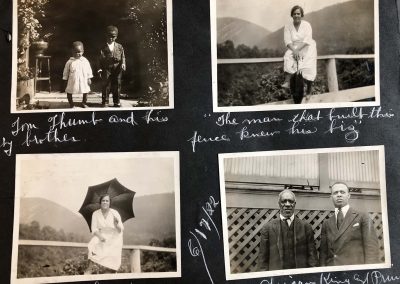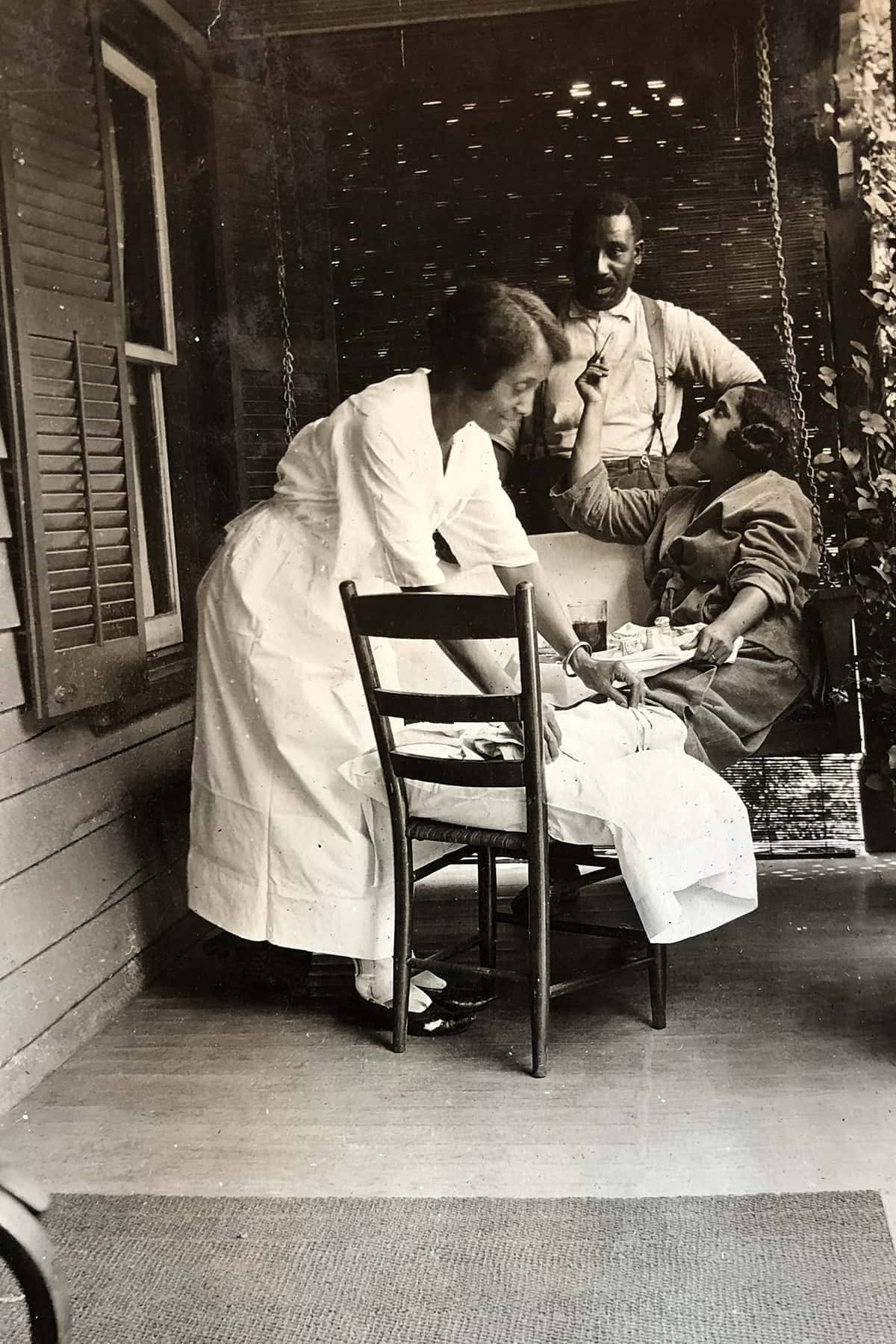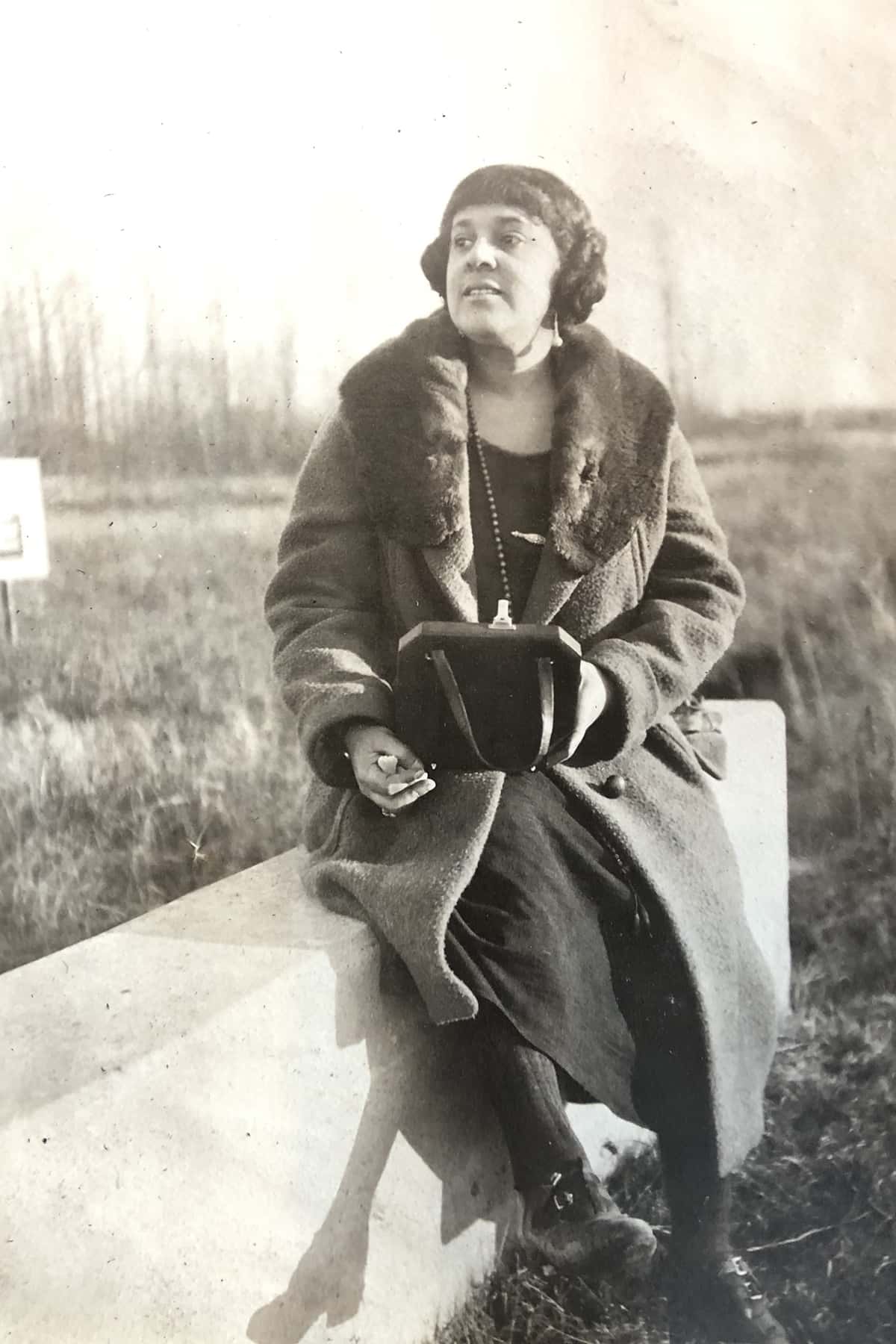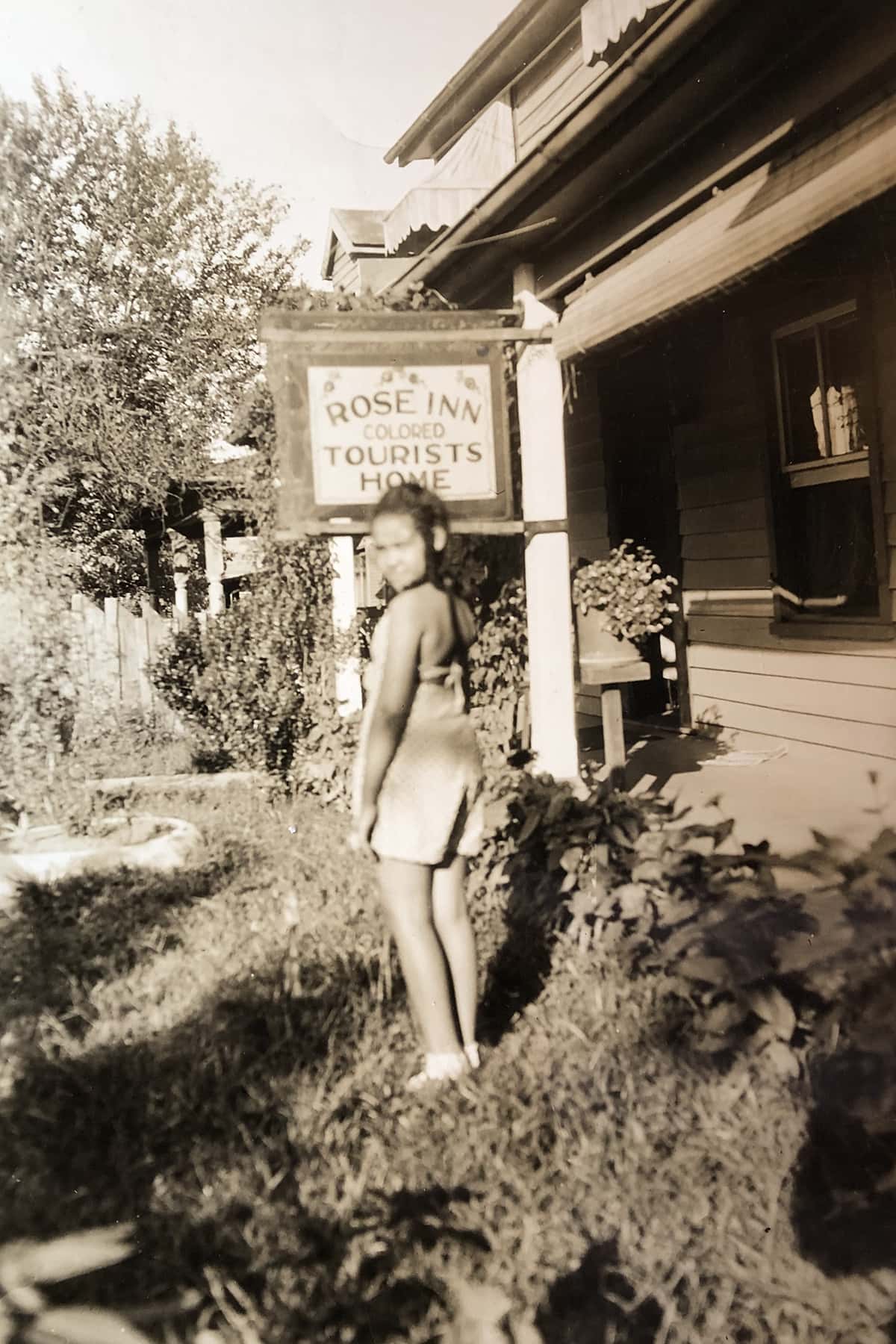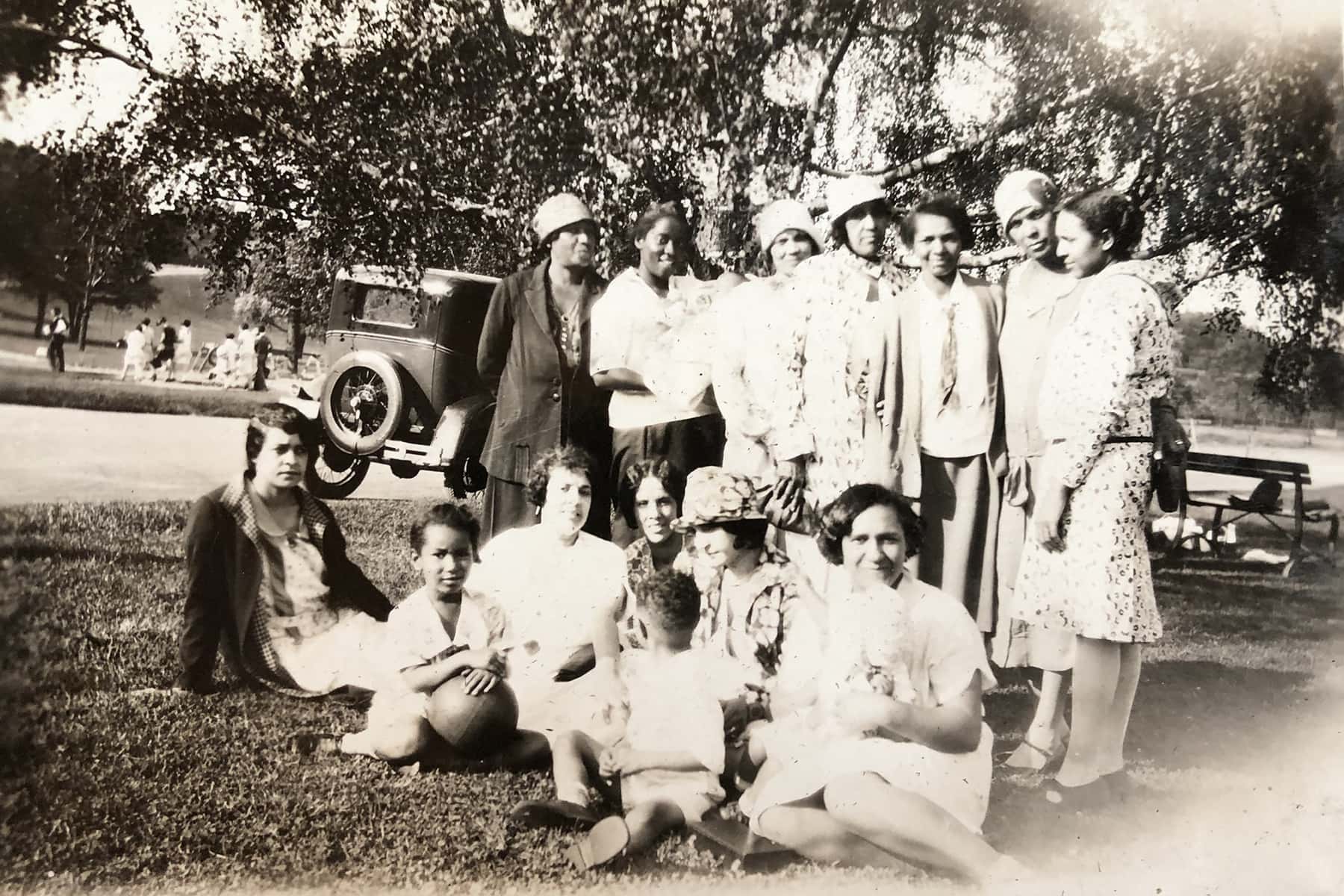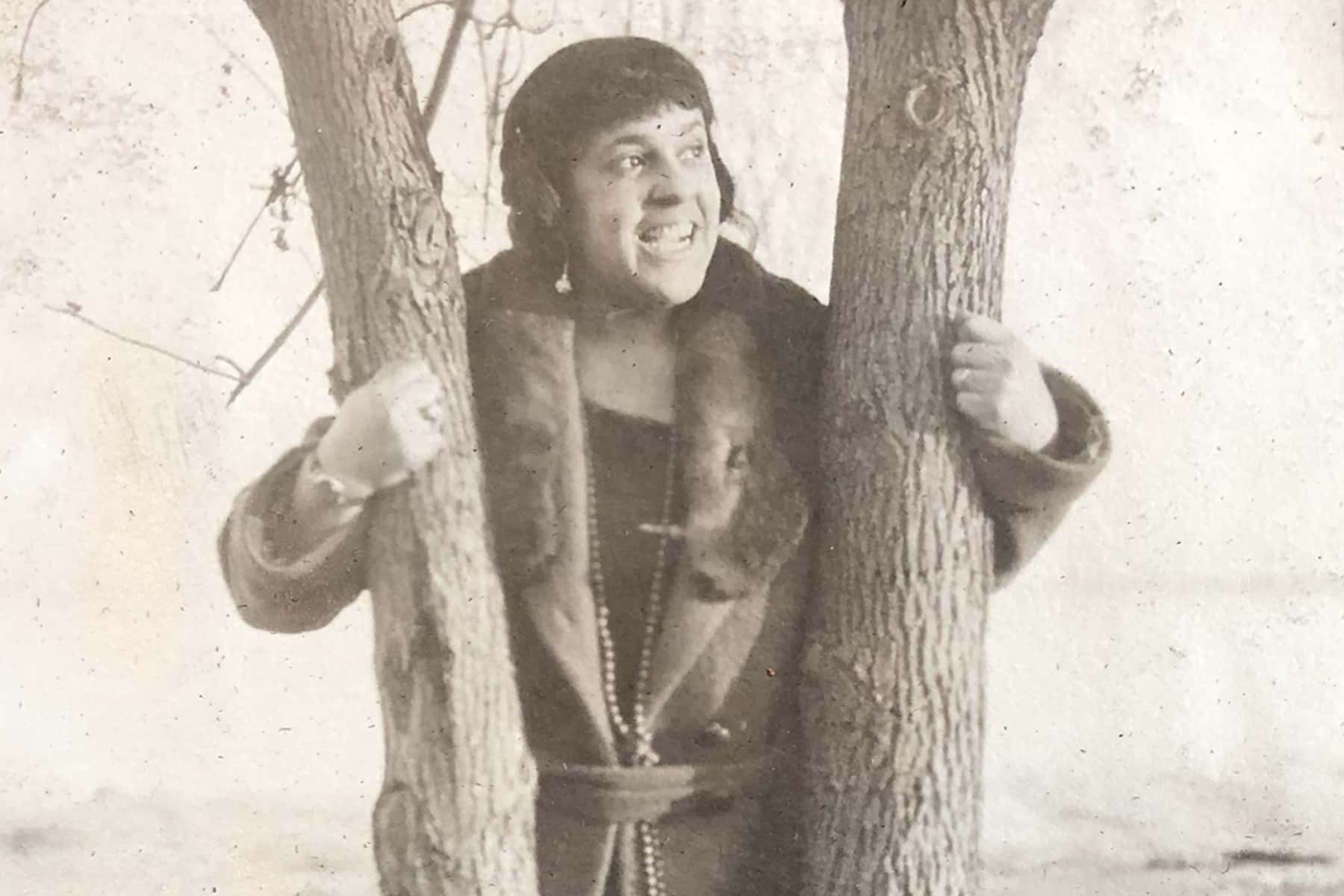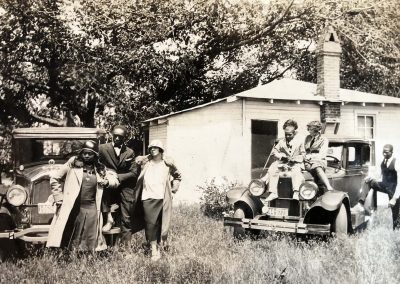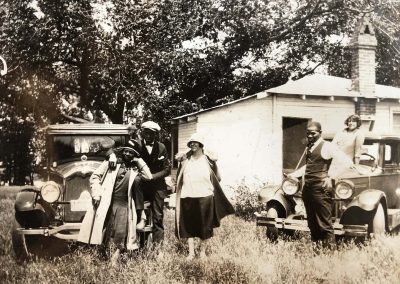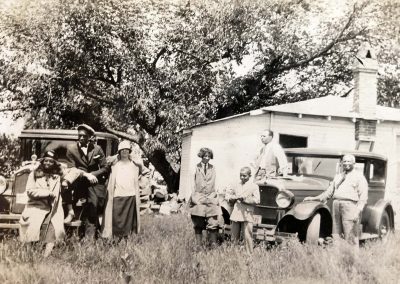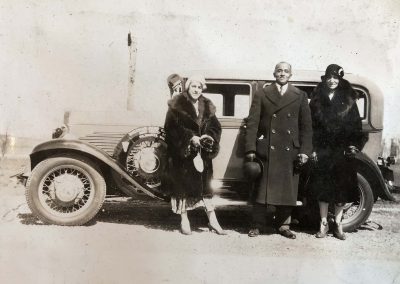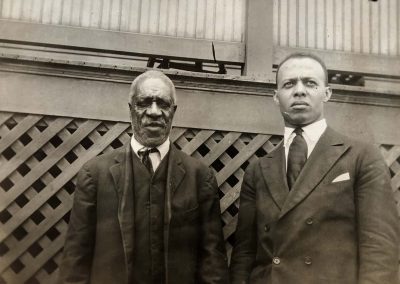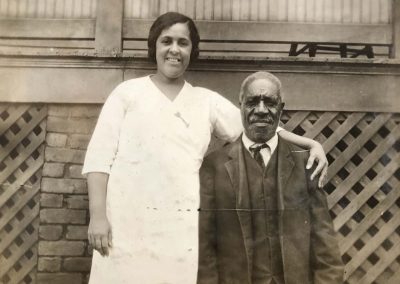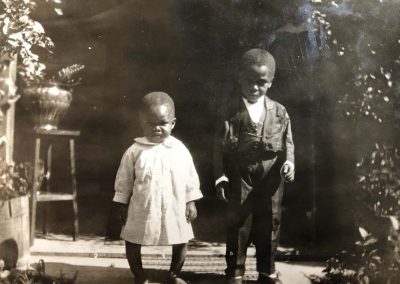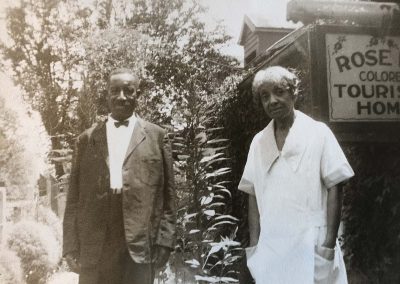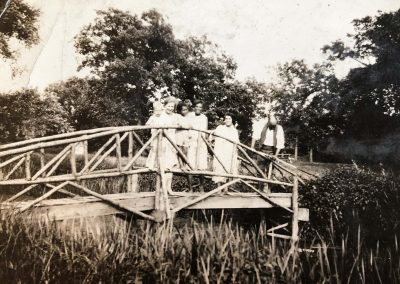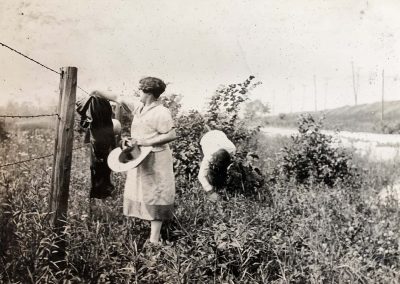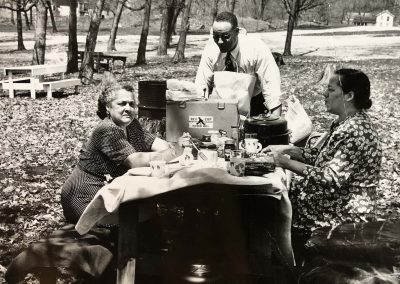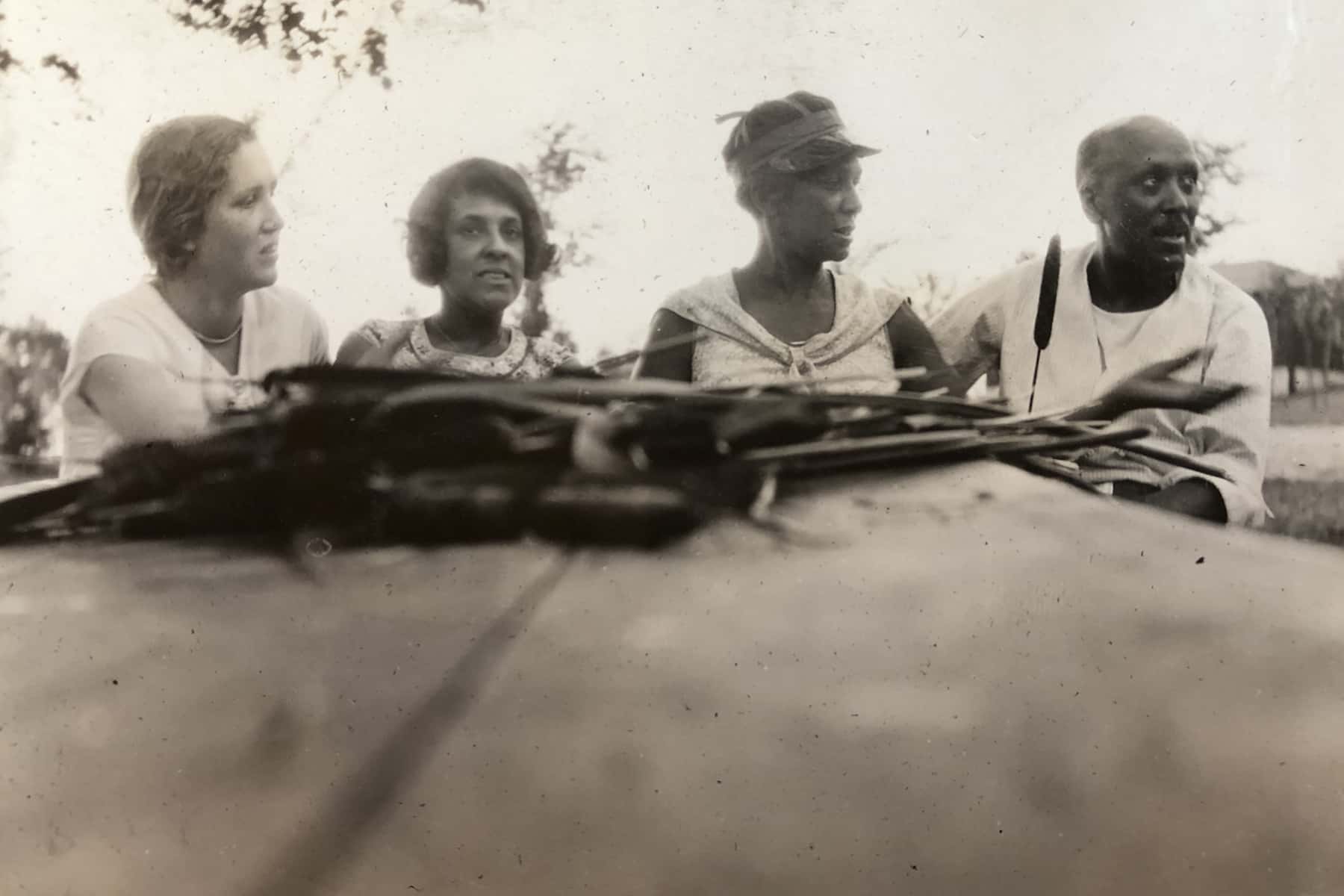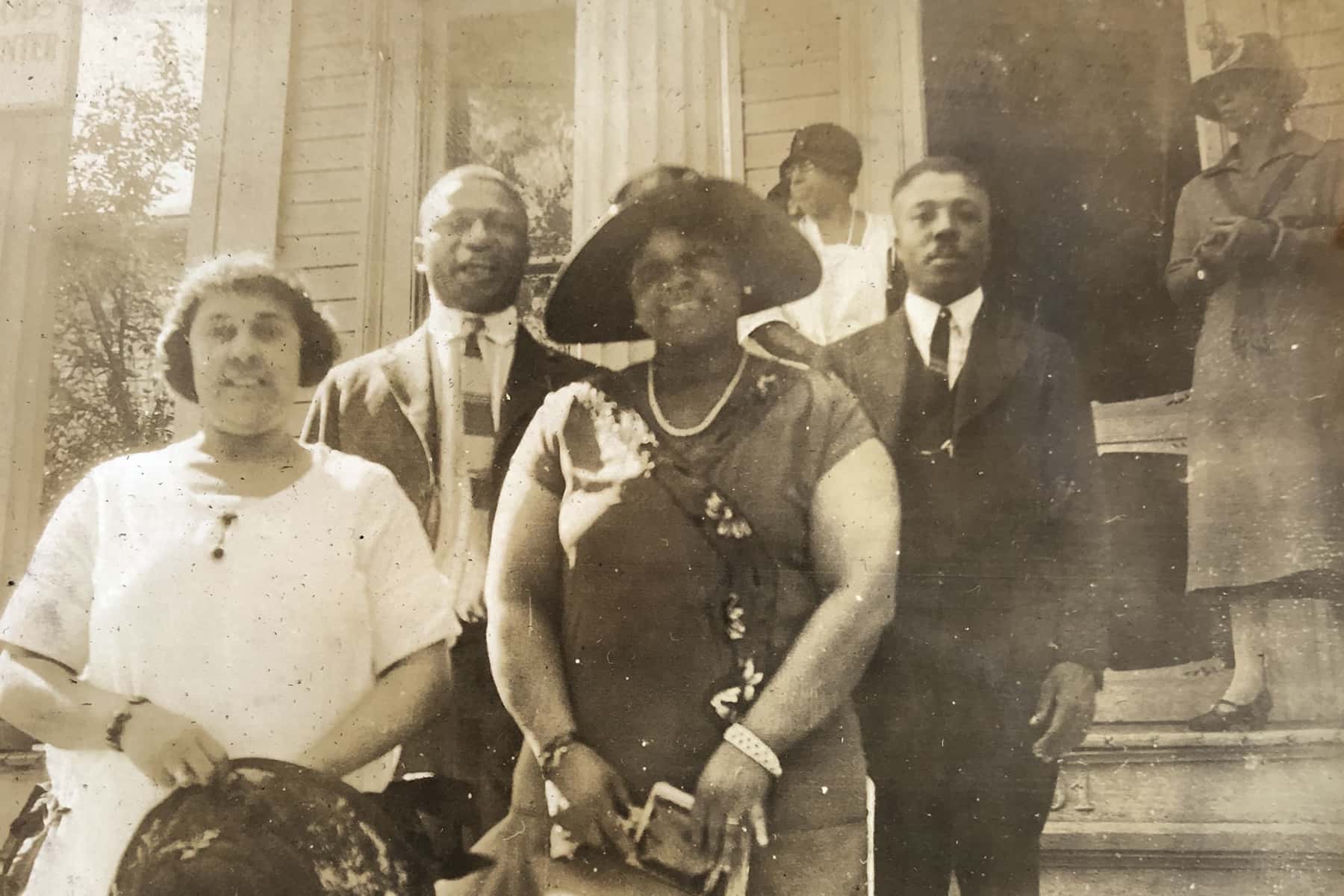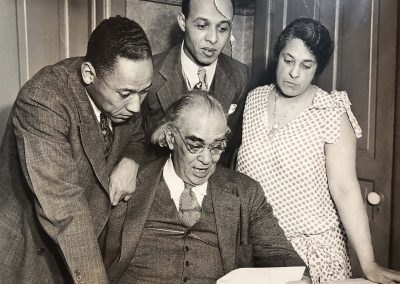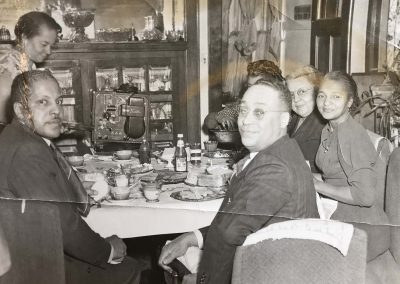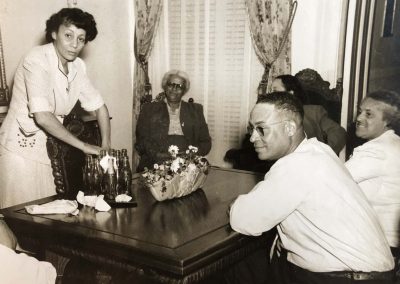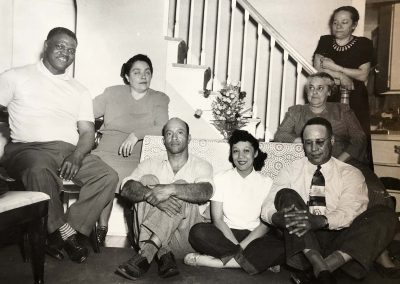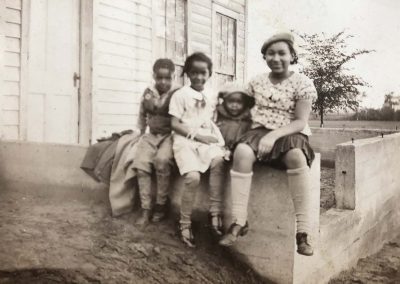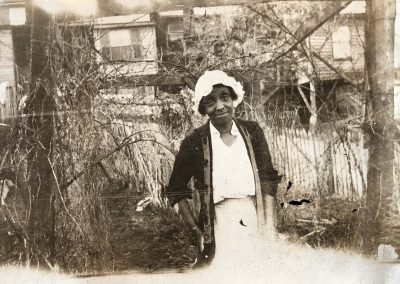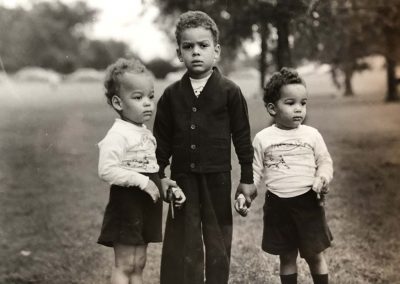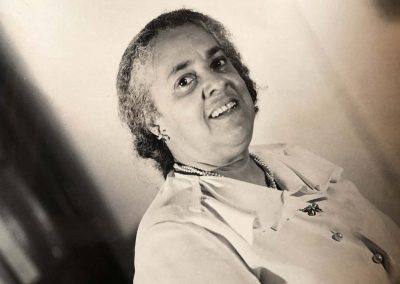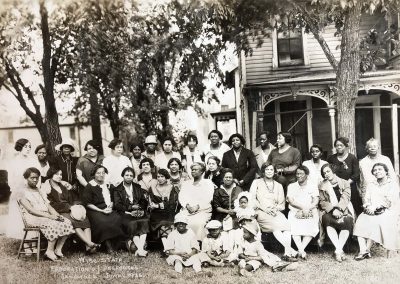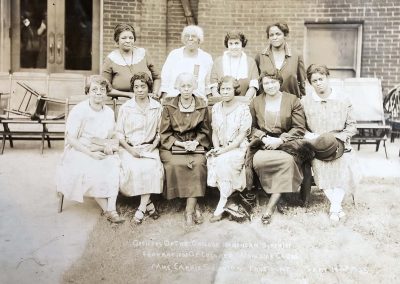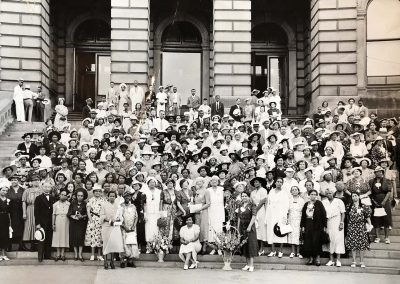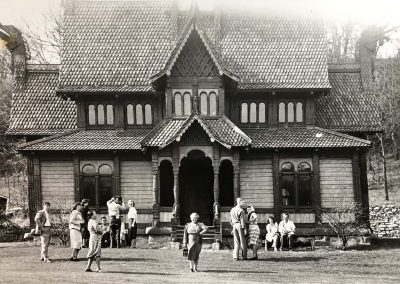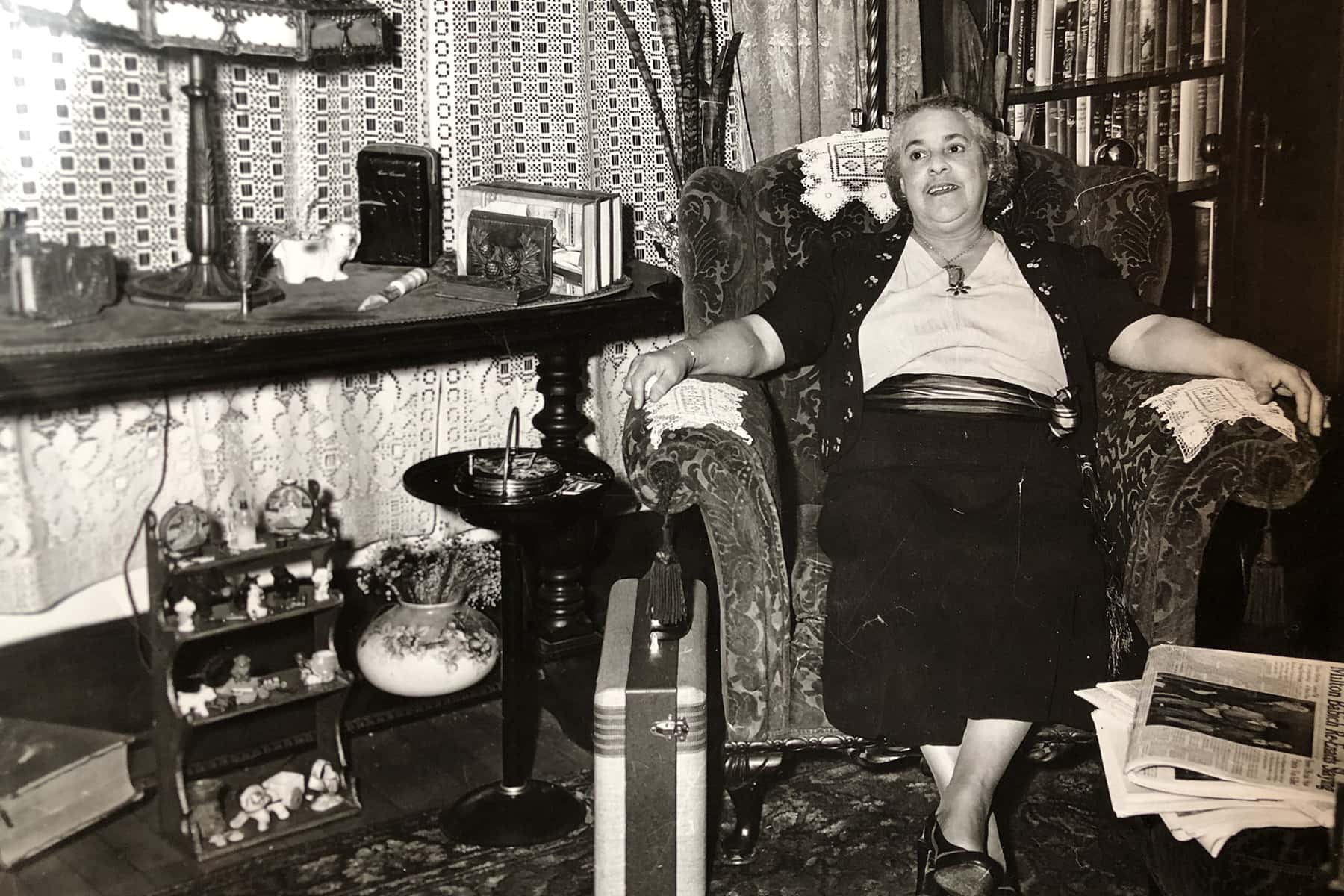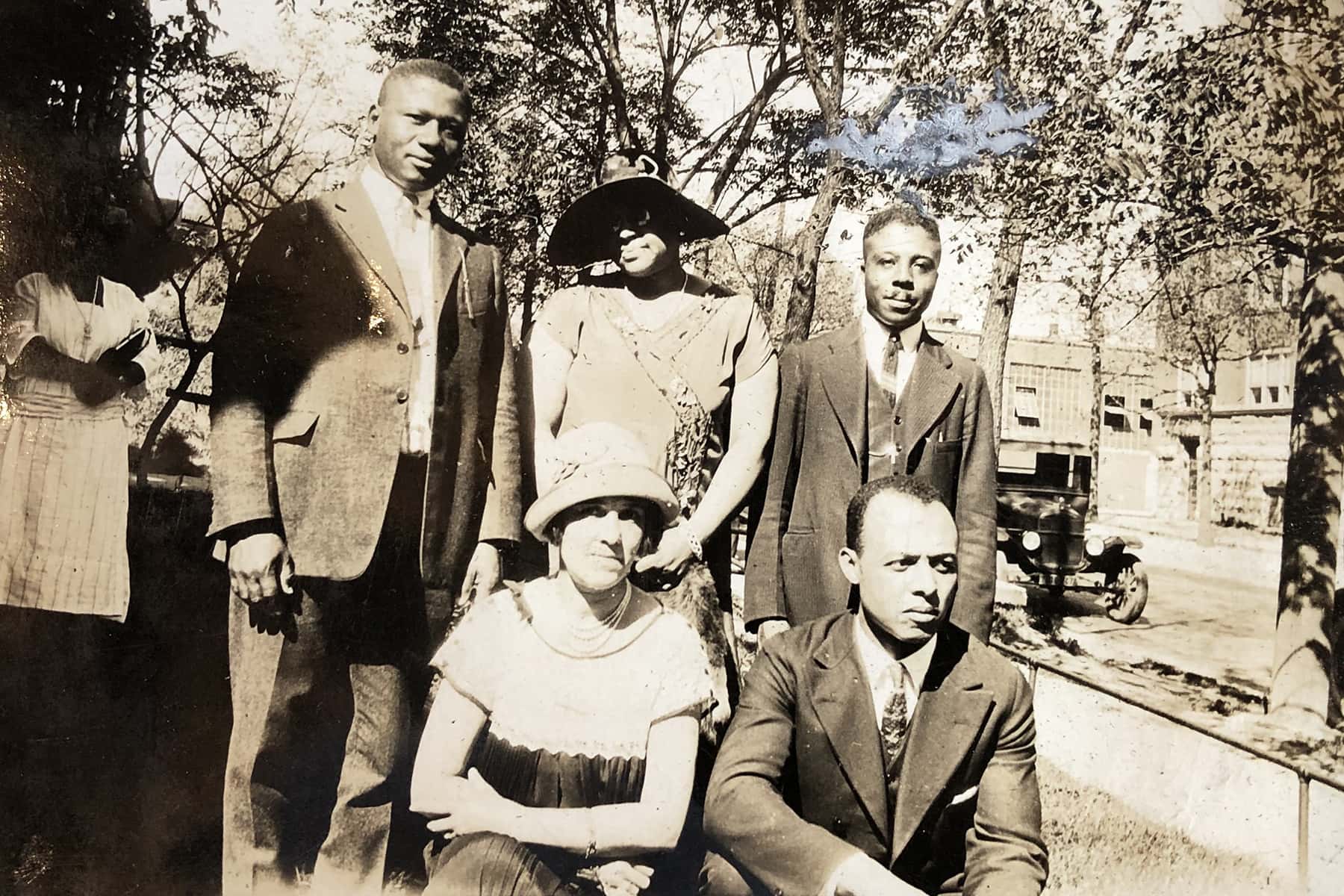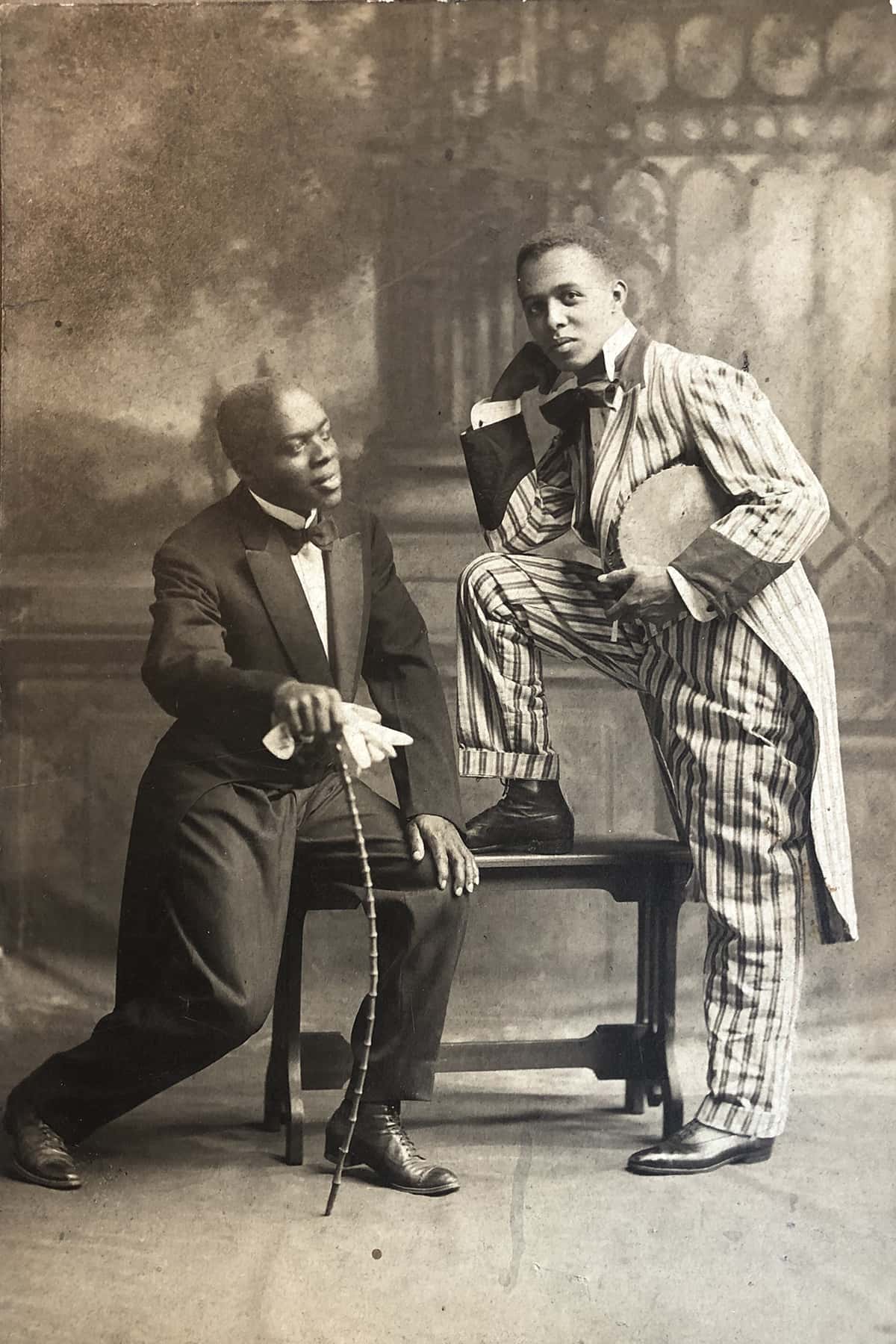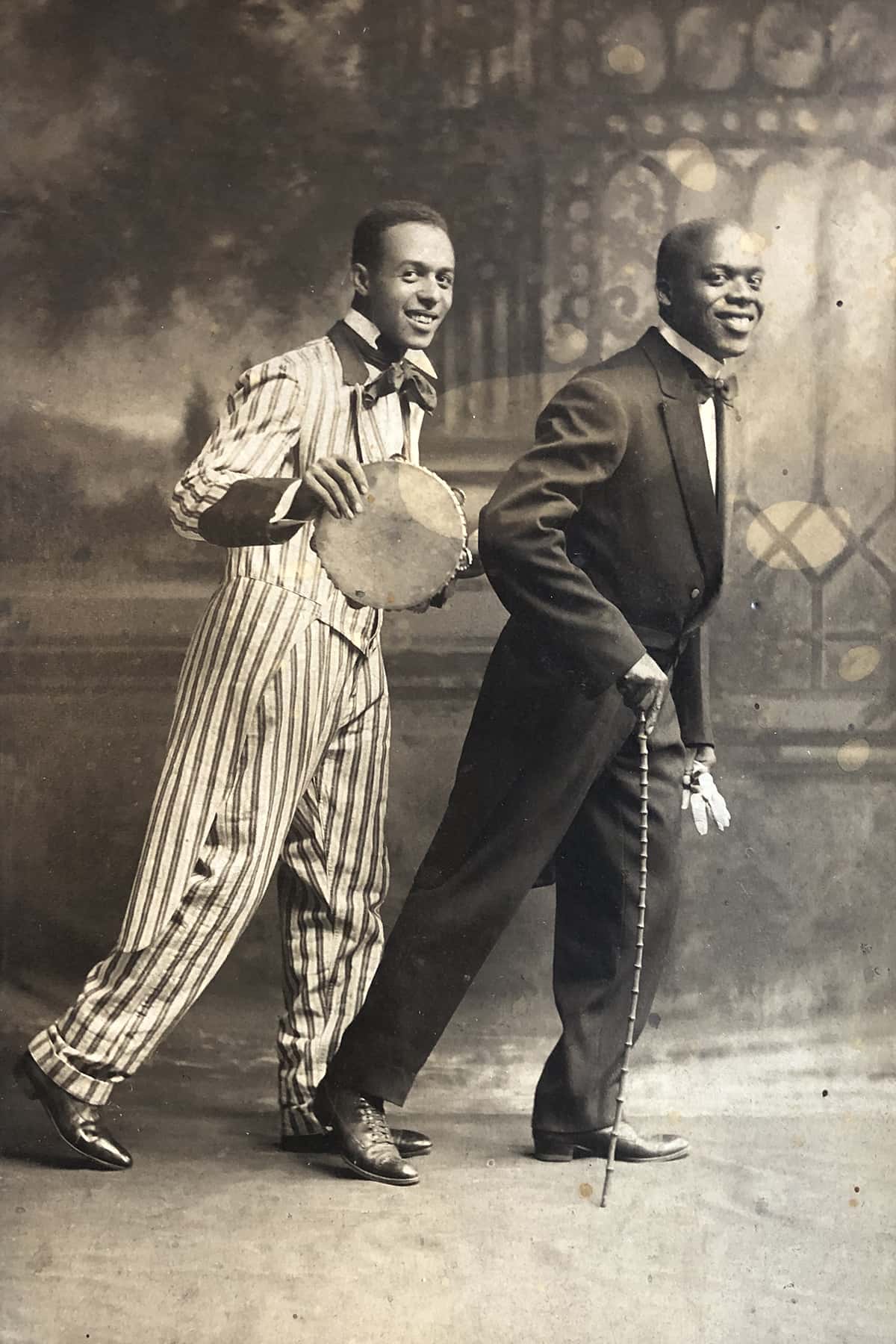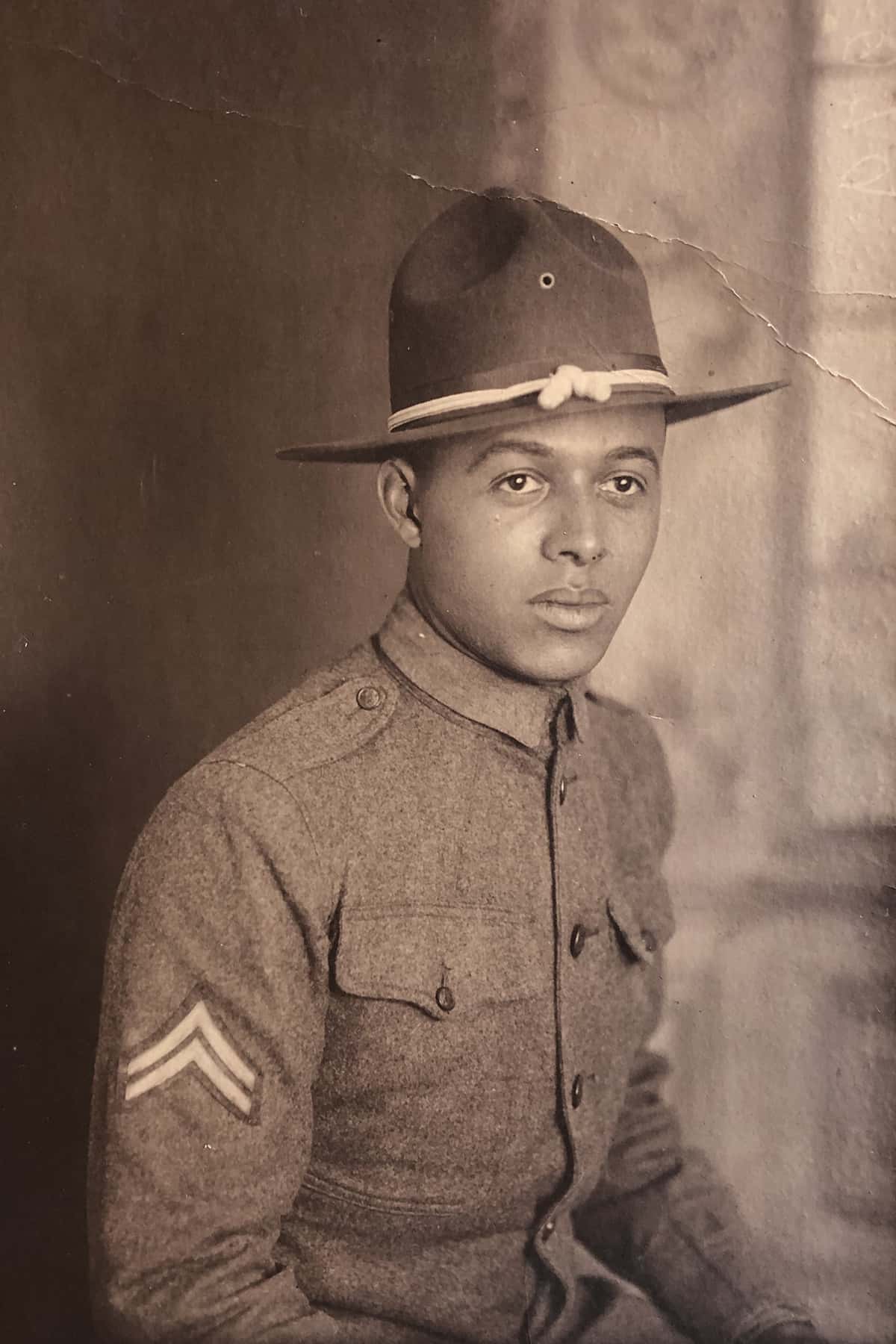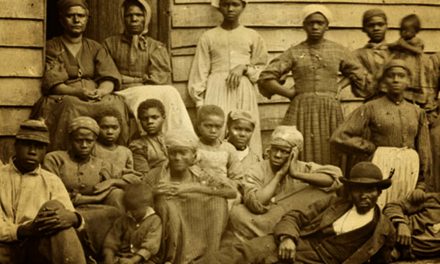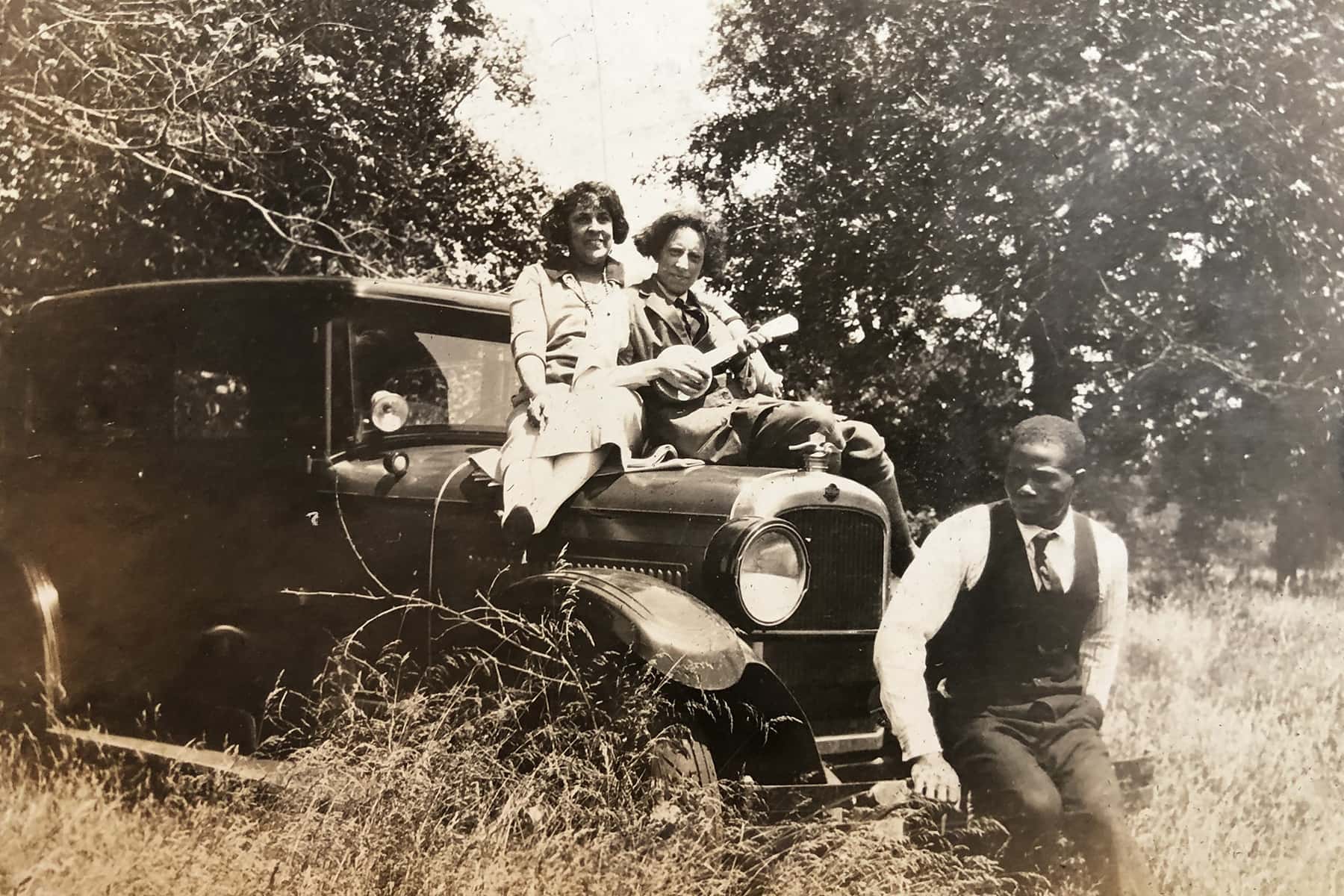
The Milwaukee County Historical Society (MCHS) has hundreds of thousands of photos in its massive archive. Along with copies of the “Negro Business Directory of the State of Wisconsin” from the 1950s, a local version of “The Green Book” that listed safe places where Blacks could conduct business and enjoy their leisure time, is a unique photographic record.
The John and Etta Jones collection is comprised of a family photo album stretching from the 1920s to 1960s. It last saw public attention in 1998 when it was featured as part of a Black History Month exhibit.
The photographs present a familiar story from before the Civil Rights era, of African-Americans who escaped subjection in the rural South for the prospects of self-sufficiency in the urban North. They are a significant contribution to the historical record of Milwaukee’s Black community from the 1930s to the 1960s.
Along with John and Etta are unidentified family, friends, and co-workers. Some are from events like church picnics from around Milwaukee or cross country trips, like their frequent stop at the “Rose Inn Colored Tourist Home” on the way to Virginia. Others reflect their modest life at home at 4601 W. Villard Avenue.
The every day nature of the collection remains a time-capsule of its era, when people of color were forbidden access to many services around the country. It also serves as a reminder of a Black Milwaukee before the city’s manufacturing industry imploded and the highway system leveled neighborhoods, when there was a thriving, successful, and family-oriented middle class.
John and Etta Jones made Milwaukee their home in the 1920s and became part of the city’s African American community. They lived an active lifestyle that was filled with travel, and many professional and faith-based interests. These activities were chronicled in their photo albums, which were donated to MCHS after the death of Etta Jones in 1980.
John W. Jones, known as “Jack,” was born in Lexington, Virginia in 1893. He served in World War I, attaining the rank of Corporal. Jack worked for the Chicago North Shore & Milwaukee Railroad in the 1920s as a dining car porter. He traveled back and forth on the line that connected the two cities.
Jones moved to Milwaukee and became involved in dental laboratory work. He was listed in a 1920s directory with an occupation of “mechanical dentist.” In the 1930s he managed the OK Dental Laboratory, and by the early 1940s opened his own business, The Jones Dental Laboratory. He served dentists by providing them with dentures and other orthodontic appliances.
Jack was 73 years old when he died at the Milwaukee V.A. Hospital on December 4, 1966.
Etta Mae Jones was born in Tennessee in 1888. Her beautiful soprano voice led to a career as a soloist, and she appeared in many musical productions. Etta was known for performing “Negro Art Songs” in the late 1930s, and was part of the music program at St. Mark’s A.M.E. Church.
Etta’s theatrical talents included both acting in productions and directing plays. She was also active in the Milwaukee Urban League, National Association of Colored Women, and Colored Women’s Clubs. One of the photos shows her with a group at the Colored Woman’s Club of Janesville after a solo performance.
Etta died in Milwaukee December 1, 1980 at the age 92 years.
The photos of John and Etta also represent the many lost stories and forgotten voices of Milwaukee’s Black culture. This feature is an effort to encourage the celebration of other similar stories through vintage pictures.
Milwaukee County Historical Society
Special thanks to Steve Schaffer, Assistant Archivist – Milwaukee County Historical Society

